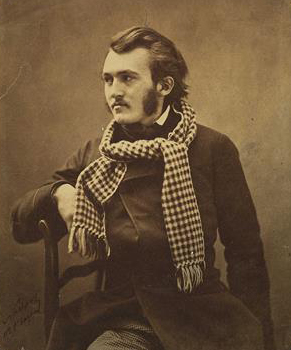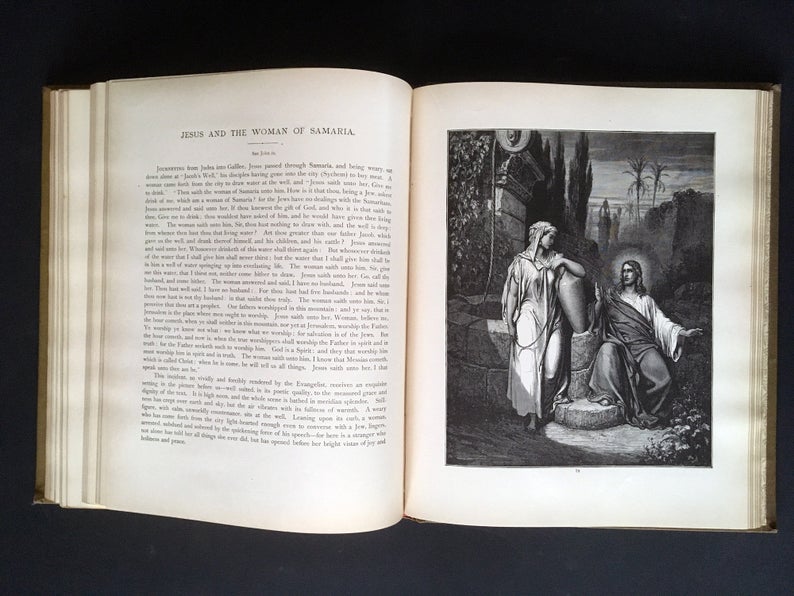Last month, I wrote about how the technical barriers that have limited the ways museums can produce compelling stories with rich content and are quickly coming down. Soon the only limits to your online storytelling will be the time you have to devote to content production. And time, of course, is always a limited resource.
As a long time digital content strategist and business consultant, one of my challenges was helping my clients develop content strategies that would meet their goals. In the business world most firms have pretty much the same goal–to increase leads, resulting in sales. That goal was universal, but they often struggled to come up with effective and sustainable content strategies to accomplish it. Idea generation was a real challenge, even though their goal was crystal clear.
Museums have the opposite problem. You have no shortage of content ideas. Your collections consist of thousands of fascinating objects, artworks, artists, and histories. But while your content opportunities are bursting at the seams, connecting those opportunities to concrete goals is much harder. Business goals are simple, but they struggle with content ideas. Museums have loads of content, but often struggle to connect content ideas to strategy.
How Broad Mission Statements Result in Untargeted Content Strategies
Establishing a museum content strategy is extremely difficult because museum missions are much less focused than their commercial, profit-driven counterparts. Content strategies must reflect and respond to the overall corporate mission. And museums have such expansive missions that their statements are necessarily broad.
Here are three typical broad mission statements from some leading museums:
“Through our collection and programs, we strive to integrate art into the lives of people.”
“To enrich lives through exceptional experiences with art and nature.”
“[To enrich] the community by collecting, preserving, and making accessible outstanding works of art from the world’s diverse cultures.”
Enriching people through art and history is a noble, but ambitious goal!
The Keys to Effective Mission Statements
Any strategy consultant will tell you, a good mission statement (or positioning statement) answers as clearly and as narrowly as possible three key questions: What do you do? Who do you do it for? and How does it benefit them?
The What? for museums is fairly clear. What does a museum do? A museum preserves, presents, and promotes its collection. But since most collections are vast and diverse, even pinning down the “What?” as “promoting the collection” is still quite expansive.
The “For whom?” question very difficult for museums. In the three sample mission statements above, the “Who?” are identified as “people,” “lives,” and “communities.” Are these people limited to the geographic regions of the museums? What about tourists? And when it comes to your digital collection and digital content strategy, the “For whom?” expands to the whole world!
Finally, we have how the “What?” benefits the “Who?” For most museums, the benefits are usually identified as education, enrichment, and experiences. But if we can’t pin down exactly who the audience is, finding strategies that will bring these benefits to them is going to be quite difficult. Adding to these difficulties is the fact that measuring such benefits is very hard to quantify (see my previous article Measuring the Impact of Museum Websites).
So museums have significant challenges when it comes to articulating a focused mission. And mission problems necessarily lead to strategy problems.
How Mission Relates to Strategy
Because museum mission statements are necessarily broad, articulating clear strategies for content development is complicated. You see, strategies can only exist in the context of a clearly defined mission. Strategies exist to advance mission. Without a clearly articulated mission, finding effective strategies will always be elusive. There is a necessary and contingent relationship between mission and goals, between goals and strategies, and between strategies and tactics. As each stage flows into the next, options and opportunities increase. A clear mission should dictate a limited set of goals. Each goal should be aligned with just a few strategies, but then any number of tactics can be employed to accomplish each strategy. So if you start out with a broad and expansive mission, the range of goals will increase, and the corresponding strategies will multiply–and the tactics will be endless.
Following this logic, in the context of a museum, sweeping missions lead to expansive goals, utilizing many strategies, thus tactics range freely and loosely, widely orbiting the mission. As one who looks at scores of museum websites every week, I see that museums are rich in content. They have plenty of information about exhibitions, events, and educational opportunities. But rarely do I find collection-driven content that suggests a cohesive strategy, furthering a clear mission. That’s a strategy problem resulting from broad mission statements.
The Need for Leadership Clarification
Fixing this problem must begin with museum leadership, up to and including the museum’s director and its governing board. Because content strategy rests on strategic goals, and goals are defined and prioritised by leadership, an effective content strategy needs to take its cues from its leadership team. In the absence of such direction content development becomes a siloed and ad hoc process. Editorial decisions are left up to the various departments to promote their specific goals. That’s fine as far as it goes. But when it comes to advancing the core mission through a content strategy, these decisions must be grounded in the very foundational governing documents of the institution and administered by those appointed to that trust. Once these priorities have been set, the rest of the staff can focus their talents and creativity in producing robust resources that glorify the treasures in the collection to the enjoyment and enrichment of the public.
And so, in order for the strategy part of “content strategy” to gain traction, museum leadership will need to take a step back, examine its current priorities, rank those priorities, and then identify aspects of the collection that will best align with those goals. If you do the hard work of planning and strategizing, from the top down, you’ll find that specific content ideas almost start to reveal themselves. And matching those ideas to specific objects, artworks, or resources from your collections will often fall right into place.
How Digital Strategy can Improve Real World Strategy
Advancing the museum’s broad and expansive mission in the context of real world circumstances is the hard task of a museum’s governing board and its executive team. Fulfilling their function on-site, in its facilities, through staffing, investment, development, and long-range planning, is a huge effort. Planning for future exhibitions, expansions, and acquisitions can easily absorb the attention of the museum’s administration. With so many weighty issues to deal with, digital content strategy often takes a back seat to weightier matters. And, since technical limitations have been a barrier to the development of rich contextual content anyway (see my last article), the demands for content strategy have rested quietly in the background.
But now that these barriers are coming down, museum leadership teams are going to have to add strategic direction for digital content strategy to their already long list of duties. Sorry about that.
Effective leaders know that it’s easier to navigate an institution through course corrections while in motion than trying to change direction in the docks. But in real world scenarios, false starts or heading in wrong directions for major initiatives such as exhibitions, acquisitions, and capital campaigns, can be extremely costly.
On the other hand, testing mission-focused content strategies on your website has much lower costs (comparatively) and is more fluid and malleable. In some cases leadership teams, if planning ahead, can test out some real world plans, through fast and efficient digital content strategies. Your digital strategy can become a “scout” for real world strategies. While it’s not without some cost to assign a team to an exploratory mission, developing online content and testing its traction with your visitors is far less costly than experimenting with the physical collection. And whereas mistakes in gauging the public’s interest in a particular exhibition or program can lead to serious waste and loss of opportunity in real world environments–mistakes in generating online content, that turn out to be of lesser interest to the public, will still be of some interest to a few. And besides, online content has a very long shelf life, and with no physical footprint–they never need to be put into storage. Each effort, even the less effective ones, still adds value to your digital assets.
As the cultivation of online content becomes easier, museum leadership teams are going to have to add to their long list of responsibilities the task of setting strategic priorities for content strategy. But this added effort may very well provide them a great tool for testing their other longer term, higher investment decisions–all the while developing value assets for the museum and extending the impact of their collections beyond the walls of the museum. The learning curve, and added effort may be steep, but the payoff will be worth it in the end.










